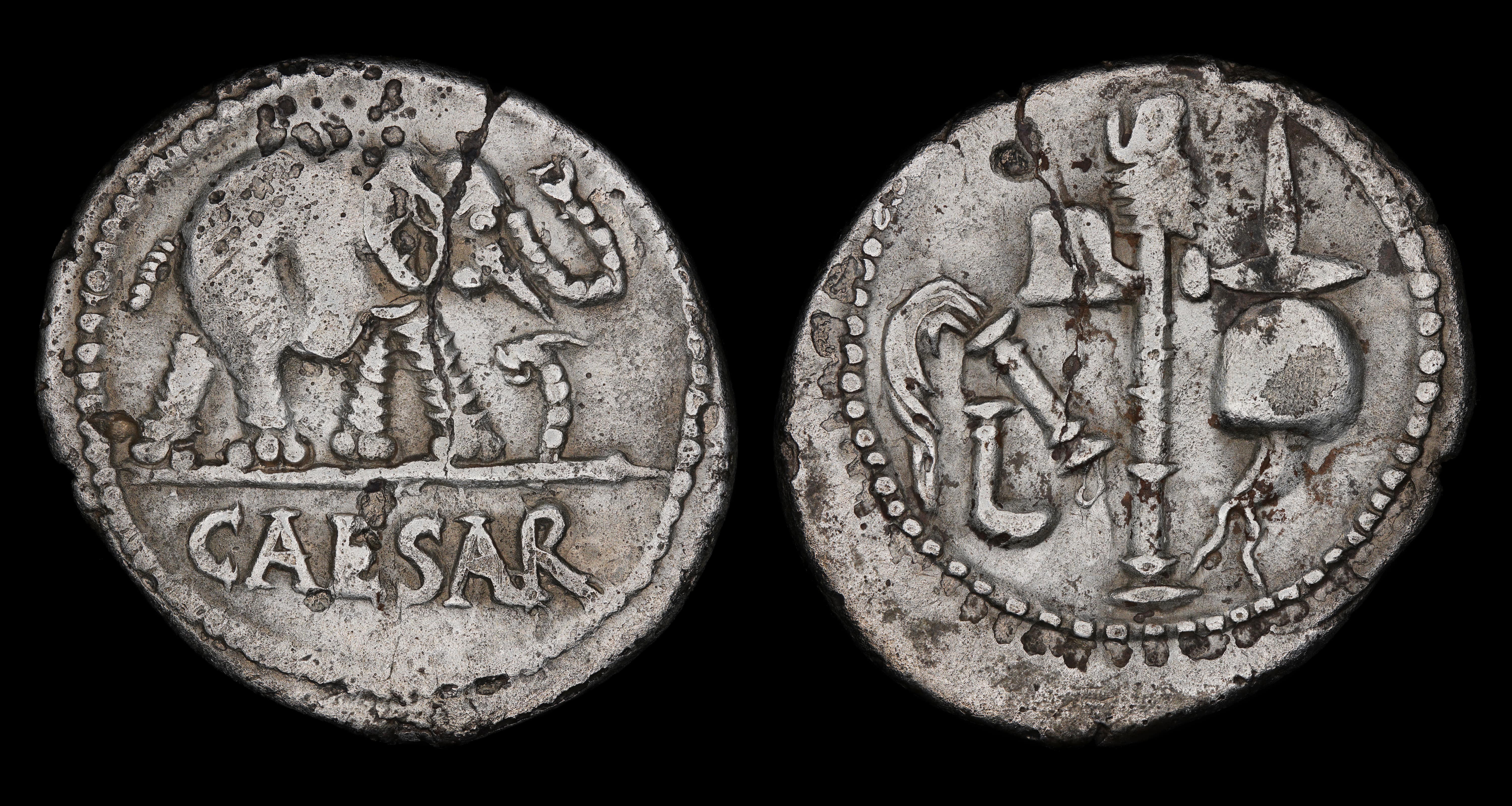"The die has been cast"
In 49 BC Julius Caesar crossed the Rubicon river in Northern Italy with his legions and marched on Rome. At the time, Caesar’s governorship of southern Gaul and Illyricum had come to an end and he was now vulnerable to prosecution for large debts he still owed. The governorship had protected him from these consequences for more than five years but now the clock had run out. Entering Rome without the protection of his office could mean certain arrest, a risk Caesar was not willing to take. With a single legion, the 13th, Caesar crossed the northern boundary of Italy demarcated by a small river and uttered a now famous phrase…
“Alea iacta est”
Crossing the Rubicon is now a metaphor for passing the point of no return and, for Caesar, that is exactly what it represented. Caesar was forbidden by the Roman Senate to cross into Italy with his legion, doing so would be seen as an act of war. This threatening action was taken seriously back in Rome; although greatly outnumbering his opponent, Pompey the Great withdrew with most of the Senate to the south. Caesar could now march into Rome unopposed and claim the stores of riches locked in the treasury. It is believed that the so called “elephant denarius” of Caesar were minted from the silver talents stolen from this treasury.
Pompey Magnus and the rest of the Senatorial faction believed that Caesar’s actions would be detested by the Romans, for Caesar had invaded Italy with an army, taken control of Rome, and instigated a civil war. Caesar would need to be careful to ensure he stayed on the right side of public perception, a slip-up could easily lose any support he currently held amongst the Roman people. It is in this context that the analysis of the elephant denarius becomes interesting.
Caesar had never struck a coin under his name featuring an elephant, either before or since. The elephant was a well-known symbol of the Caecilii Metelli family – one of the most important and powerful families of the late Roman Republic that had sided with Pompey. Both Q. Metellus Pius and his adopted son Q. Metellus Scipio Nasica had previously minted coins featuring similar elpehant designs as far back as 80 BC – the elephant commemorating a famous event from their family’s history during the First Punic War. It is curious that Caesar would therefore choose this image to so prominently represent his coinage. There are several theories as to why he made this choice, some far-fetched but others much more credible.

ROMAN REPUBLIC. Julius Caesar
Denarius (49 BC)
Dates: 49 BC
Mint: Military Mint travelling with Caesar
Obv: CAESAR in exergue, elephant advancing right, trampling horned serpent
Rev: Pontifical implements: simpulum, sprinkler, axe and priest’s hat.
Dimensions: 19.34mm, 3.66g, 11h
Ref: Crawford 443/1
A common explanation posits that it the elephant is mocking Pompey, who attempted to ride into Rome on an elephant-driven quadriga during his Triumphal procession only to find the gates were too narrow. While we may never know the real answer, there is one explanation that I personally consider more likely. It suggests that the elephant represents the Senatorial faction – through the connection of Q. Metellus Scipio Nasica to his family’s symbol – trampling the health of the Roman Republican as represented by the snake/serpent, symbol of the goddess Salus. It could also be said that the symbolism is multi-layered and while the primary meaning may be the connection with Caecilii Metelli, a secondary meaning could be the mocking of Pompey mentioned earlier.
Whatever the explanation, this is a coin that has fascinated numismatists and the likes for many years. Not only is it a coin struck by Julius Caesar, of looted silver from the Roman treasury, and at the beginning of a famous civil war; it is a coin that intended to send a strong political message, necessary to keep Caesar’s ambitions alive and ensure he would be around to shape the future of the Roman Republic.

